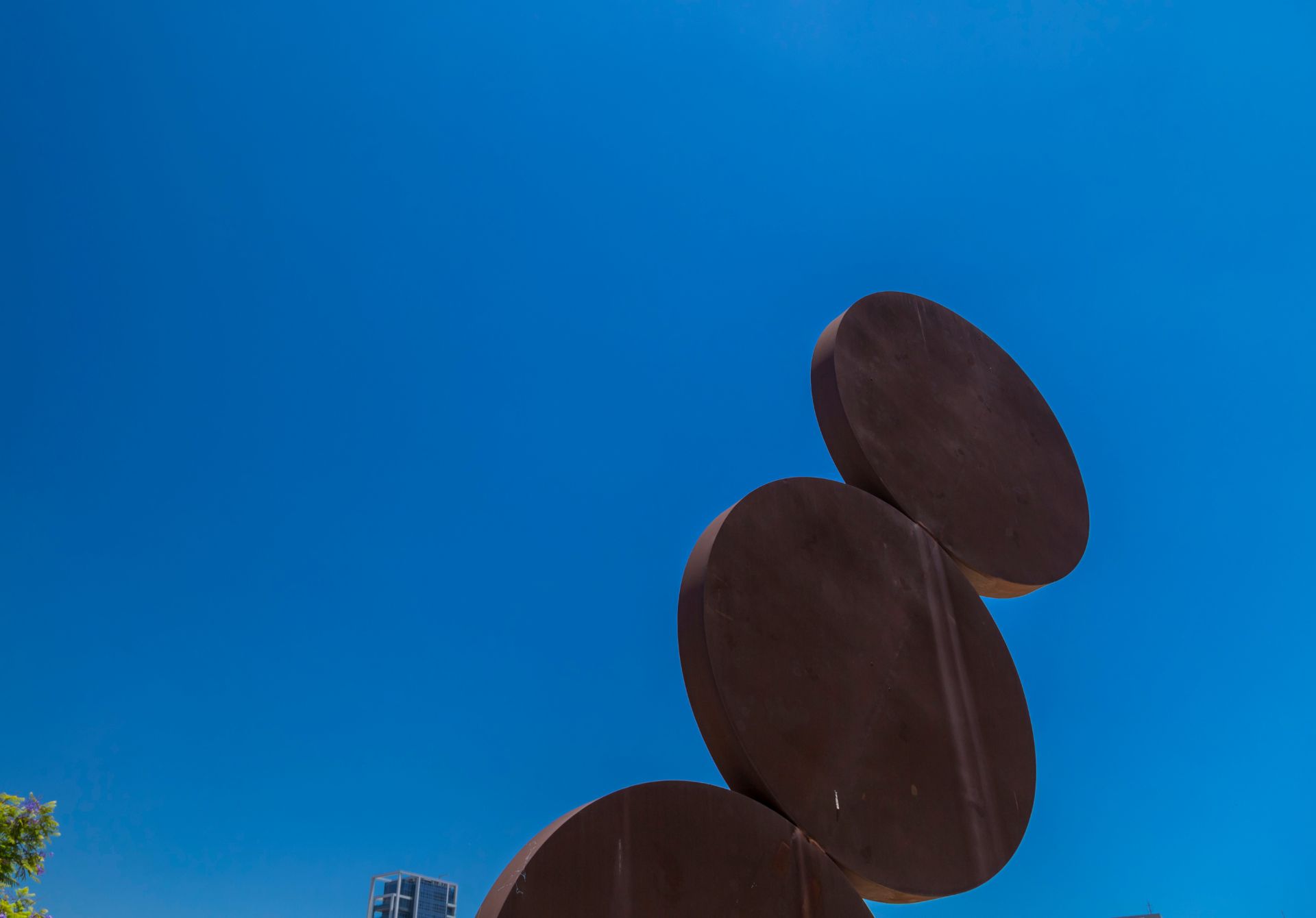Located at the heart of Tel Aviv, Habima Square is one of the city’s most iconic cultural and public spaces. It serves as a gathering point for locals and tourists alike, showcasing Tel Aviv’s vibrant arts scene and modern architectural innovations. From its rich history to its modern-day significance, Habima Square offers an eclectic blend of culture, architecture, and urban life.
The History of Habima Square
Habima Square’s origins date back to the early 20th century, with the establishment of the Habima Theatre in 1917. Originally founded in Moscow, Habima Theatre is one of the oldest Hebrew-language theaters in the world. By 1931, it had moved to Tel Aviv, and the theatre’s location would later become the centerpiece of the square that bears its name. The square itself was designed in the 1930s by the German-Jewish architect Richard Kaufmann, reflecting the Bauhaus and International Style that is characteristic of Tel Aviv’s urban planning during that era.
Key Architectural Features
Habima Square is flanked by some of Tel Aviv’s most important cultural institutions, including the Habima Theatre, the Charles Bronfman Auditorium (home to the Israel Philharmonic Orchestra), and the Helena Rubinstein Pavilion for Contemporary Art. These buildings create a cultural hub that emphasizes Tel Aviv’s commitment to the arts.
The architectural elements of the square were modernized in the early 2000s under the guidance of landscape architect Dani Karavan, who introduced a more open and accessible design. Karavan’s vision created a multi-level urban space that features a sunken garden, seating areas, water features, and a public lawn, making it a welcoming spot for leisure and performances. The square’s design successfully blends the original Bauhaus influence with contemporary minimalist aesthetics.
Cultural Importance
Habima Square is often referred to as “The Cultural Heart of Tel Aviv,” and for good reason. It serves as the epicenter of Tel Aviv’s arts and performance scene. The Habima Theatre hosts an array of theatrical productions, including local plays and international performances. The Charles Bronfman Auditorium frequently stages world-class concerts and recitals, while the Helena Rubinstein Pavilion offers rotating contemporary art exhibitions.
Additionally, the square itself often becomes a stage for public art performances, protests, and cultural gatherings. The open space encourages community involvement, reflecting Tel Aviv’s vibrant public life.
Events and Activities at Habima Square
The square is not only a cultural hub but also a popular spot for events and daily activities. During weekends and holidays, the area is bustling with families, street performers, and local vendors. The sunken garden, filled with indigenous flora, provides a peaceful retreat for visitors looking to escape the hustle of the city. Open-air concerts and public gatherings are common, especially during Tel Aviv’s numerous festivals, including White Night and the Tel Aviv International Jazz Festival.
The Square as a Symbol of Urban Renewal
Over the years, Habima Square has also become a symbol of Tel Aviv’s urban renewal. The renovation project in the 2000s transformed it from a primarily vehicular zone into a pedestrian-friendly public space. This transition aligns with Tel Aviv’s broader efforts to promote walkability, sustainability, and public spaces that foster community interaction. The square is now one of the most visited landmarks in the city and an exemplary model of how urban renewal can breathe new life into historical spaces.
Habima Square stands as a testament to Tel Aviv’s dynamic cultural scene and architectural heritage. With its deep historical roots, cultural significance, and modern design, it is a key destination for both locals and tourists. Visitors can explore the iconic Habima Theatre, attend a concert at the Charles Bronfman Auditorium, or simply relax in the beautifully designed public spaces.
Whether you’re an art lover, a history enthusiast, or someone looking to experience the vibrant public life of Tel Aviv, Habima Square offers a perfect blend of culture, architecture, and leisure. Its transformation over the decades illustrates how spaces can evolve while maintaining their historical importance, making it a must-visit landmark in Israel’s cultural capital.

